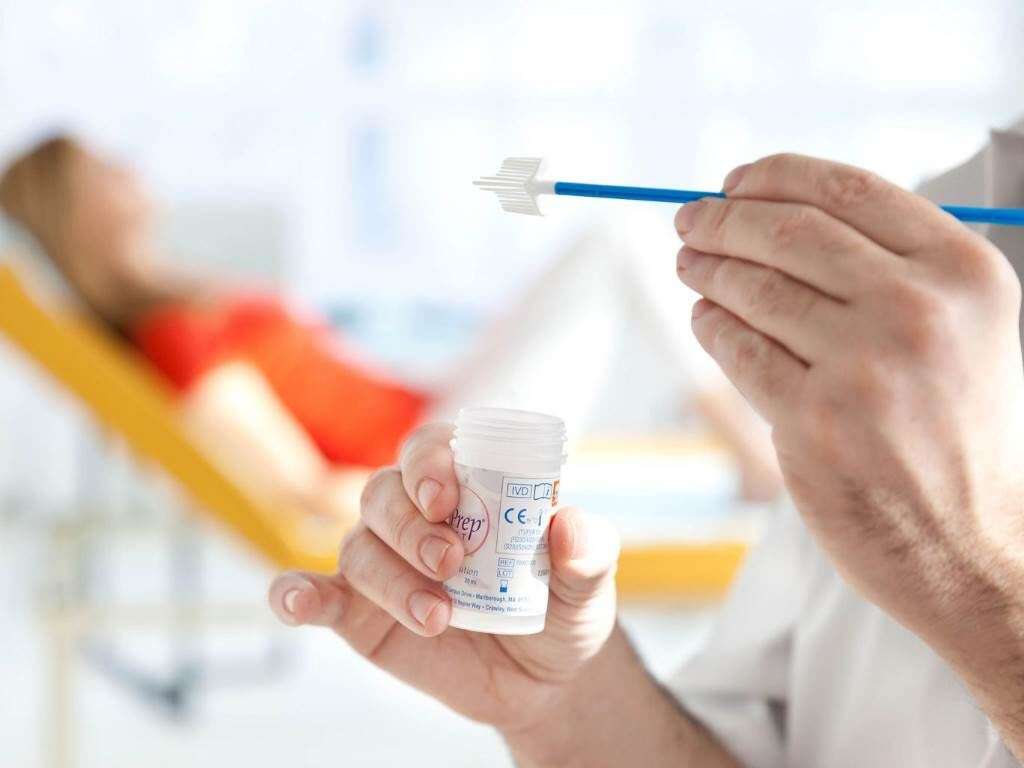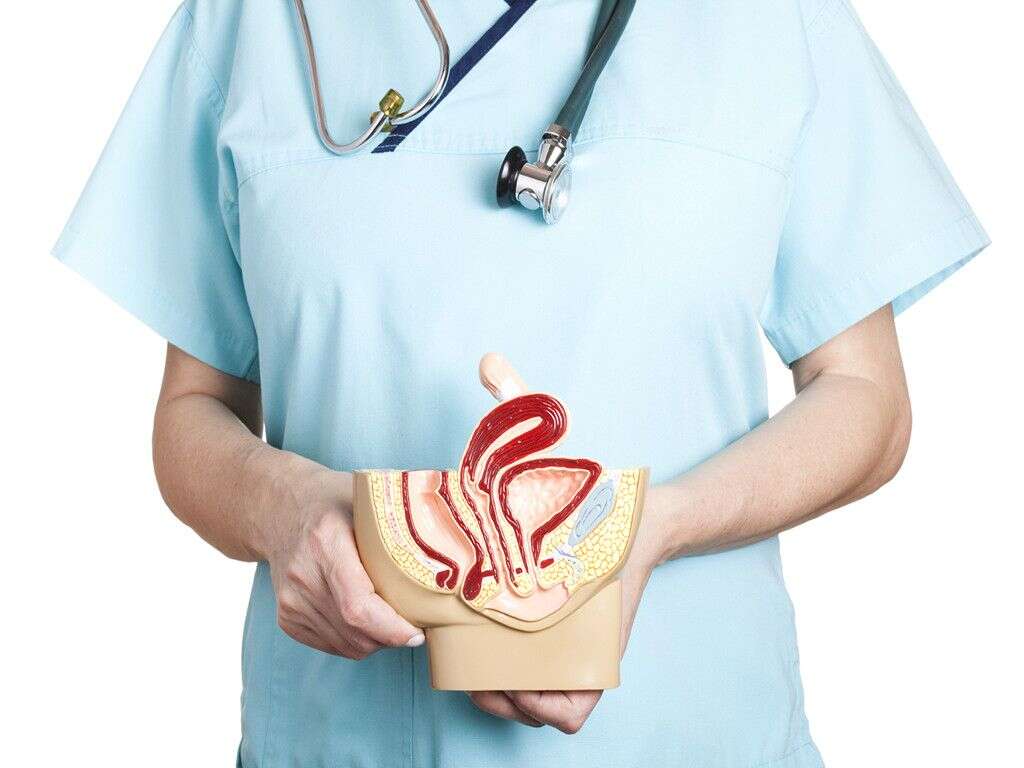10 Cervicitis Symptoms
 Article Sources
Article Sources
- 1. 'Cervicitis.' Harvard Health, 2 Jan. 2019, www.health.harvard.edu/a/to/z/cervicitis-a-to-z
- 2. 'Cervicitis, Cervix Inflammation: Diagnosis, Tests Management and Treatment.' Cleveland Clinic, my.clevelandclinic.org/health/diseases/15360-cervicitis
- 3. 'Frequent or Painful Urination: Colorado Urology Associates.' Urology Associates of Colorado | Denver Urologists, denverurology.com/urology/bladder-urinary-conditions/frequent-or-painful-urination/
- 4. 'Cervicitis.' Johns Hopkins Medicine, www.hopkinsmedicine.org/health/conditions-and-diseases/cervicitis
- 5. NHS Choices, NHS, www.nhs.uk/common-health-questions/womens-health/what-causes-a-woman-to-bleed-after-sex/
- 6. 'Cervicitis: MedlinePlus Medical Encyclopedia.' MedlinePlus, U.S. National Library of Medicine, medlineplus.gov/ency/article/001495.htm
- 7. 'Bacterial Vaginosis.' Mayo Clinic, Mayo Foundation for Medical Education and Research, 1 May 2019, www.mayoclinic.org/diseases-conditions/bacterial-vaginosis/symptoms-causes/syc-20352279
Cervicitis is inflammation and irritation of the cervix. The cervix is a donut-shaped opening to a woman's uterus responsible for creating mucus for the vagina. The cervix also facilitates the entrance of sperm into the uterus in women of reproductive age. When the cervix becomes inflamed or irritated, it can cause several uncomfortable symptoms. However, some people with cervicitis have no symptoms at all.1‘Cervicitis.’ Harvard Health, 2 Jan. 2019, www.health.harvard.edu/a/to/z/cervicitis-a-to-z
Cervicitis is commonly caused through sexual contact, including sexually transmitted diseases and certain birth control methods. It can also be caused by repeated douching or be a reaction to chemicals.
Abnormal Vaginal Discharge
Abnormal vaginal discharge is a common symptom of cervicitis. Discharge may be more frequent than what is usual for a person. The discharge may also have a mild to moderate unpleasant odor to it or be abnormally colored. Abnormal coloring for vaginal discharge in cervicitis may be yellow, white, or gray.2‘Cervicitis, Cervix Inflammation: Diagnosis, Tests Management and Treatment.’ Cleveland Clinic, my.clevelandclinic.org/health/diseases/15360-cervicitis
Other issues affecting the female reproductive organs can also cause abnormal vaginal discharge. Examples of other issues causing this symptom include bacterial vaginosis, yeast infection and vaginitis. Certain sexually transmitted diseases like gonorrhea and chlamydia are also potential causes.

Frequent, Painful Urination
People with cervicitis may experience frequent, painful urination due to inflammation inside the vagina. These symptoms don't have to occur together, however. Some people may experience only frequent urination without burning. Others may have a burning sensation during urination without an increase in frequency. Others may not notice these symptoms at all.
Frequent, painful urination can have other causes. A few examples of other causes include diabetes, interstitial cystitis, yeast infection, urinary tract infection and various STDs.3‘Frequent or Painful Urination: Colorado Urology Associates.’ Urology Associates of Colorado | Denver Urologists, denverurology.com/urology/bladder-urinary-conditions/frequent-or-painful-urination/

Pain During Intercourse
Cervicitis can make intercourse painful or uncomfortable. The pain may feel sharp, aching or stabbing. It can also be more uncomfortable than painful. The pain or discomfort during intercourse is due to irritation around the cervix or vaginal canal. This pain can be increased in certain people when other issues, like bacterial vaginosis or vaginitis, are also present.4‘Cervicitis.’ Johns Hopkins Medicine, www.hopkinsmedicine.org/health/conditions-and-diseases/cervicitis
There may be other causes for pain during intercourse. Examples include endometriosis, chlamydia, vaginal dryness and pelvic floor dysfunction.

Spotting Between Periods
Spotting between periods may be normal in certain individuals. Some women find they spot during ovulation at each cycle. However, spotting between periods that is unusual could be related to cervicitis.
Spotting may happen due to bleeding from the cervix or vagina. It could also happen due to the cervix not functioning properly because of inflammation or irritation. Women may want to visit their gynecologist for any vaginal bleeding not related to their menstrual cycle.

Bleeding After Intercourse
Bleeding after intercourse is generally a sign something is wrong, like cervicitis. There are, however, some exceptions to this rule. For example, many women find they bleed after the first time they have sex. In women who have already been sexually active, bleeding shouldn't generally occur after sex.
Infections like cervicitis or pelvic inflammatory disease can potentially cause bleeding after intercourse. Other potential causes include tears in the vagina or vulva, polyps or cancer.5NHS Choices, NHS, www.nhs.uk/common-health-questions/womens-health/what-causes-a-woman-to-bleed-after-sex/

Vulvar or Vaginal Irritation
Cervicitis causes irritation and inflammation of the cervix. However, it's common for infections and irritation to spread to other parts of the female reproductive organ quite easily.6‘Cervicitis: MedlinePlus Medical Encyclopedia.’ MedlinePlus, U.S. National Library of Medicine, medlineplus.gov/ency/article/001495.htm For this reason, vulvar or vaginal irritation can often signal a person has cervicitis.
Irritation can also happen in these areas due to other causes. Irritation from chemicals, such as those found in douches, is one common culprit. Another common culprit is engaging in intercourse without proper lubrication.

Pelvic Pain
Pelvic pain can have a range of causes, of which cervicitis is one. Pelvic pain from cervicitis may feel stabbing or dull and achy. It may also present as a feeling of pressure in the pelvis.
Pelvic pain may be caused by cervicitis itself or it could potentially be caused by a co-morbid problem. Chlamydia, gonorrhea and bacterial vaginosis can all cause pain in the pelvic area. Unrelated causes like endometriosis or premenstrual syndrome can also be to blame.

Bacterial Vaginosis
Bacterial vaginosis often occurs with cervicitis as it's easy for infections in the female reproductive organs to spread. Bacterial vaginosis is an overgrowth of the natural bacteria in the vagina. This overgrowth causes pH imbalance, leading to vaginal discharge and inflammation.
Bacterial vaginosis is common in women of reproductive age but it can happen to women of any age. Risk factors for developing this infection include douching, having multiple sex partners and lacking enough friendly bacteria.7‘Bacterial Vaginosis.’ Mayo Clinic, Mayo Foundation for Medical Education and Research, 1 May 2019, www.mayoclinic.org/diseases-conditions/bacterial-vaginosis/symptoms-causes/syc-20352279

Frequent Douching
Many women believe the natural smell of their vaginal area is unpleasant and use frequent douching as a way to reduce this odor. Others worry about smells developing and use douching as a preventative. But most vaginal areas have a mild-to-moderate smell to them that is natural.
Douching is generally unhealthy for the vagina. It reduces the number of bacteria naturally found in the vagina and alters the normal pH balance. Once pH is unbalanced, it can lead to a range of issues.

Current or Previous STD
Women who currently have an STD are at increased risk of developing cervicitis. In some cases, women who have previously had an STD may also be at risk. This is more common in women who have only recently cleared up an infection.
Common STDs leading to cervicitis development include gonorrhea and chlamydia. Gonorrhea is an infection that causes thick, unpleasant-smelling discharge and pelvic pain in women. Chlamydia is an STD that could potentially cause fertility issues in women.









